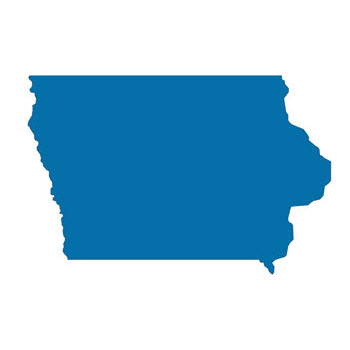Wind turbines, solar panels and fuel cells are just a few examples of how customers connect to the Alliant Energy distribution system. If you are interested in generating your own energy, please review our interconnection steps. This process helps ensure you select a system that is right for you and installed safely. You’ll also learn details about how to sell your excess energy.
Note: To ensure you get the system that best meets your needs, solicit and compare quotes, read reviews and talk to local electricians before you select your installer. Remember that installers operate independently from Alliant Energy and we do not endorse any firm. Always be cautious of door-to-door solicitations, unsolicited phone calls, requests for verbal agreements, demands for cash or scare tactics.
We also recommend you ask your installer for a summary report from our Distributed Generation Assist tool. This will reduce the potential for the proposed system to encounter common errors in the interconnection process.
Note: To ensure you get the system that best meets your needs, solicit and compare quotes, read reviews and talk to local electricians before you select your installer. Remember that installers operate independently from Alliant Energy and we do not endorse any firm. Always be cautious of door-to-door solicitations, unsolicited phone calls, requests for verbal agreements, demands for cash or scare tactics.
We also recommend you ask your installer for a summary report from our Distributed Generation Assist tool. This will reduce the potential for the proposed system to encounter common errors in the interconnection process.





